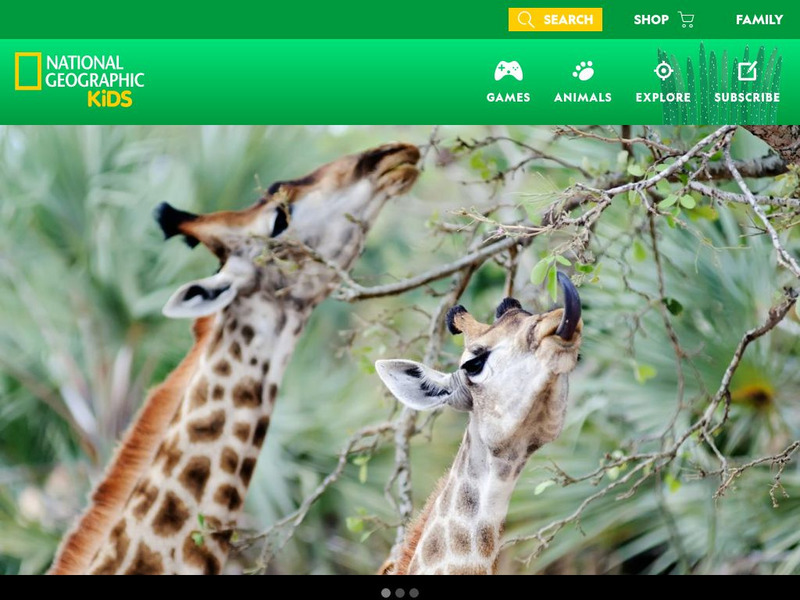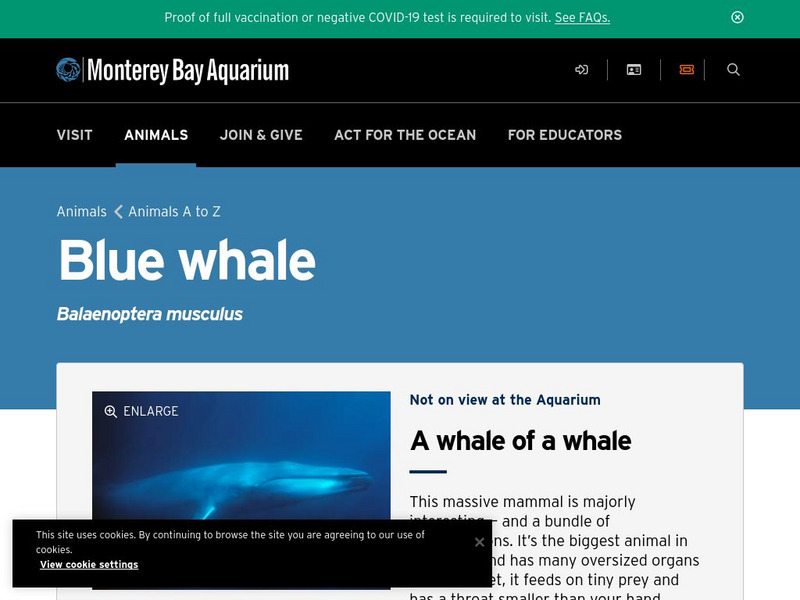Curated OER
Why Do We Need Vitamin C in Our Diet?
Students compare/contrast the DNA sequence data of the rat GULO gene to the inactive human GULO gene. They translate and align the sequences, and propose a scenario to explain the occurrence of an inactive DNA sequence to that of an...
Curated OER
Why do we need Vitamin C in our diet? Or Why do we carry old inactive genes in our genome?
Students explore and explain how mutations in the DNA sequence of a gene may be silent or result in phenotypic change in an organism and in its offspring. They analyze how evolution and biodiversity are the result of genetic changes that...
Curated OER
Furbearers of Illinois
Learners study fur bearing animals of Illinois. They research a specific furbearer (it's habitat, diet, current hunting regulations regarding the animal, conservation organizations that help the animal, etc.) and give a presentation on...
Curated OER
Animals
Unifying themes in animal anatomy and physiology are displayed slide by slide. The main concepts involve the differentiation in cells and tissues, and details are given about fuel management, metabolism, and some other essential...
ProCon
Milk
Milk: It does a body good ... or does it? Using the provided website, scholars sort through information to answer the question. They review a chart demonstrating lactose intolerance by ethnicity and region, and they also compare the...
Curated OER
Skulls Tell It All
Skulls tell it all, and with this lesson plan, you will tell it all to your class! Youngsters view animal skulls, analyzing the shape of teeth and the placement of the eye sockets. They associate these adaptations with the types of food...
Curated OER
Arabian Camel or Dromedary
In this camel worksheet, students study the diagram for an Arabian camel otherwise known as a dromedary. Students read the characteristics of the animal and may click on associated links to learn more.
Curated OER
Elements of Biology: Organization In Living Systems
Students explore the recent research on dinosaurs. For this dinosaur lesson students write a report on the new findings and how it has changed ideas on dinosaurs.
Curated OER
What Animals Eat
First graders organize animals according to what they eat. They compare the teeth of plant eaters and meat eaters.
Curated OER
Radical Raptors
Students are introduced to raptors and their role in the environment. They identify three characteristics of raptors and list several types of raptors found in nature. They discuss their positive and negative experiences with raptors and...
Curated OER
AT HOME ON THE RANGE
The student will learn how ranchers on the western frontier helped saved the bison from extinction.Hand out student worksheets. Have middle schoolers read the information about bison on Student Worksheet A before completing Student...
Curated OER
Animal Quiz
In this animals worksheet, students complete short answer questions in a quiz about all different kinds of animals. Students complete 30 questions.
Curated OER
Animals: Dolphins
Pupils use the internet to discover information about dolphins. They examine their behavior, appearance and distribution of dolphins.
Curated OER
In Arctic Waters
For this reading comprehension and following directions worksheet, students read facts about Arctic waters, the Inuit, Arctic animal adaptations, polar bears, walruses, seals, narwhal, Beluga whales and create a mix-and-match animal...
Curated OER
Barn Owl Pellet Lab
For this lab worksheet, learners dissect a barn owl pellet then identify the different small animals found in the owl pellet. Using class data they calculate percentage present as well as complete 8 post lab questions.
Curated OER
Learning Bird Traits
Students draw and label a bird. In this bird traits lesson, students learn what traits make a bird different from other animals. Students are taught how to draw a bird and are expected to label the various body parts they drew.
BBC
Bbc Science & Nature: The Life of Mammals
Students can watch vivid pictures change before their eyes, from lions to monkeys to dolphins. Authors provide interactive games that aid in learning the behavior of animals. Continue to explore by investigating the habitat, diet, and...
Earth Life
Earth Life: Mammals: Diet and Digestion
This site discusses the diet and digestion in all sorts of mammals, including herbivores, omnivores, and carnivores. Read about different kinds of animals and their different dietary preferences.
Encyclopedia of Earth
Encyclopedia of Earth: Evolutionary Biology: Mammal
Article explaining the basic characteristics of mammals, their diet, reproduction, behavior, conservation concerns, taxonomy, and their evolution. (Published: September 23, 2010)
University of Michigan
Bio Kids Critter Catalog: Mammals
This comprehensive site defines mammals in general and then focuses specifically on mammals found in southeastern Michigan. A complete description is given of each mammal along with pictures, sounds, specimens, and classification...
Other
Columbus Zoo and Aquarium: Mammals
This interactive animal guide from the Columbus Zoo highlights general information and fun facts about mammals; this information can be sorted by diet or region where they live. Select an animal from the extensive list to begin exploring.
Indiana University
Indiana University Bloomington: Comparing Ice Age Mammals [Pdf]
This activity allows learners to compare the morphologies of 3-D printed teeth from Ice Age mammals. Students will manipulate 3-D prints and record observations in order to infer the diet of megafauna and discuss the role of technology...
National Geographic Kids
National Geographic Kids: Animals: Giraffes
This multi-media National Geographic site includes video and audio clips and fun facts all about giraffes. Students can even send a postcard to a friend.
Monterey Bay Aquarium
Monterey Bay Aquarium: Blue Whale (Balenoptera Musculus)
Resource that gives information on the diet, range, relatives of the blue whale. Conservation notes and cool facts are also included. There are links to similar information on dozens of other types of marine life.




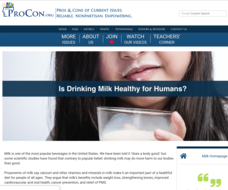




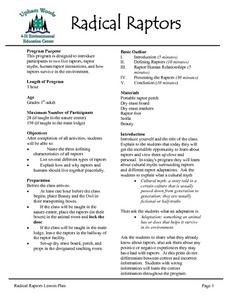
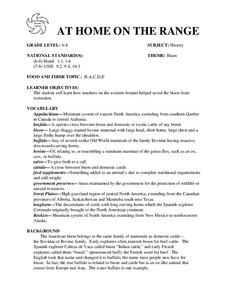

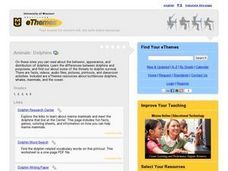


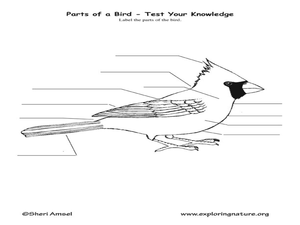




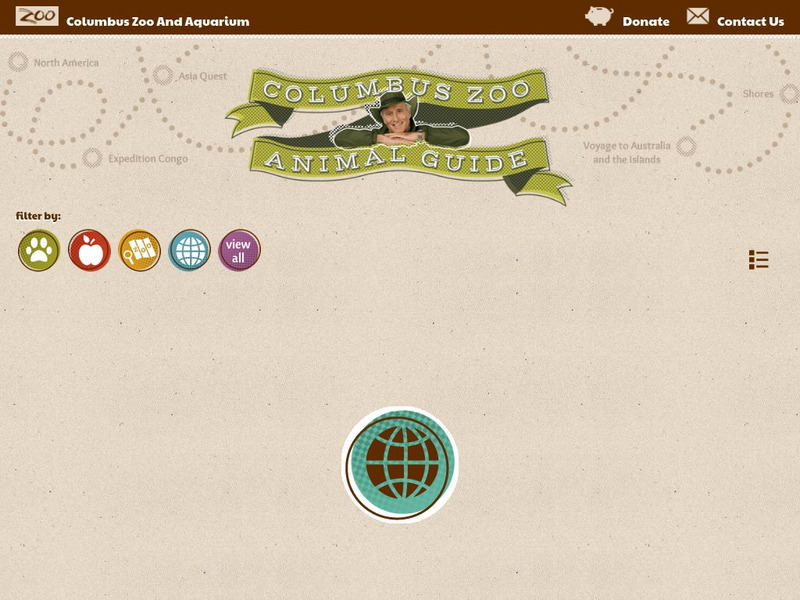
![Indiana University Bloomington: Comparing Ice Age Mammals [Pdf] Lesson Plan Indiana University Bloomington: Comparing Ice Age Mammals [Pdf] Lesson Plan](https://d15y2dacu3jp90.cloudfront.net/images/attachment_defaults/resource/large/FPO-knovation.png)
